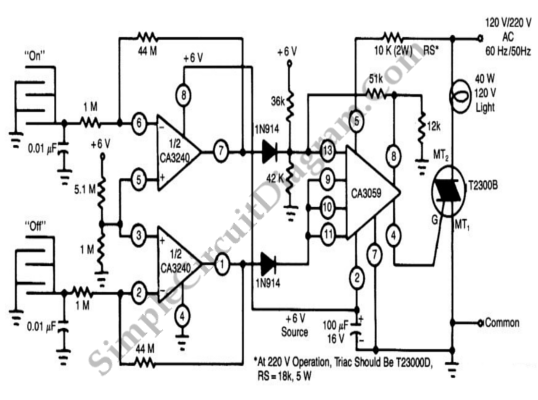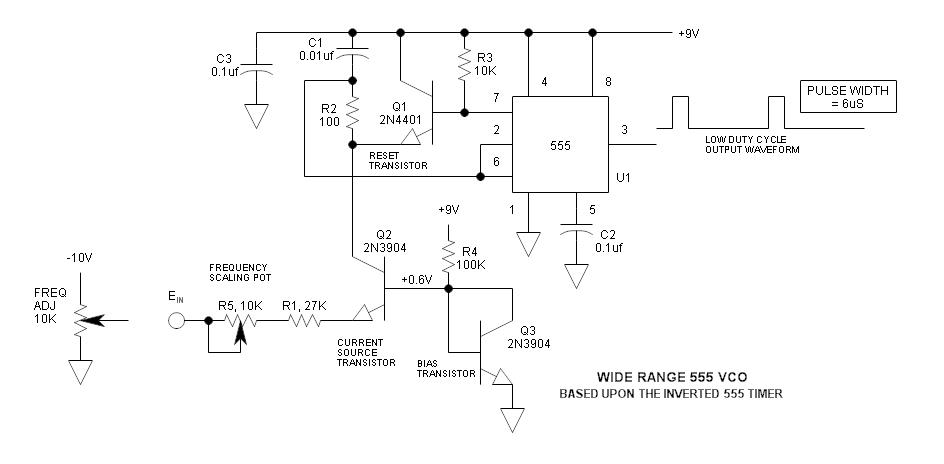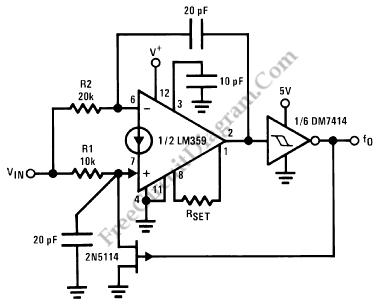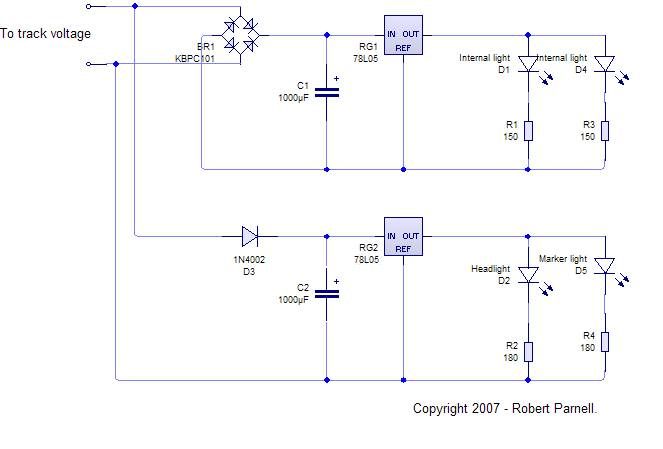
Wide Input-Voltage Range High-Power LED Driver
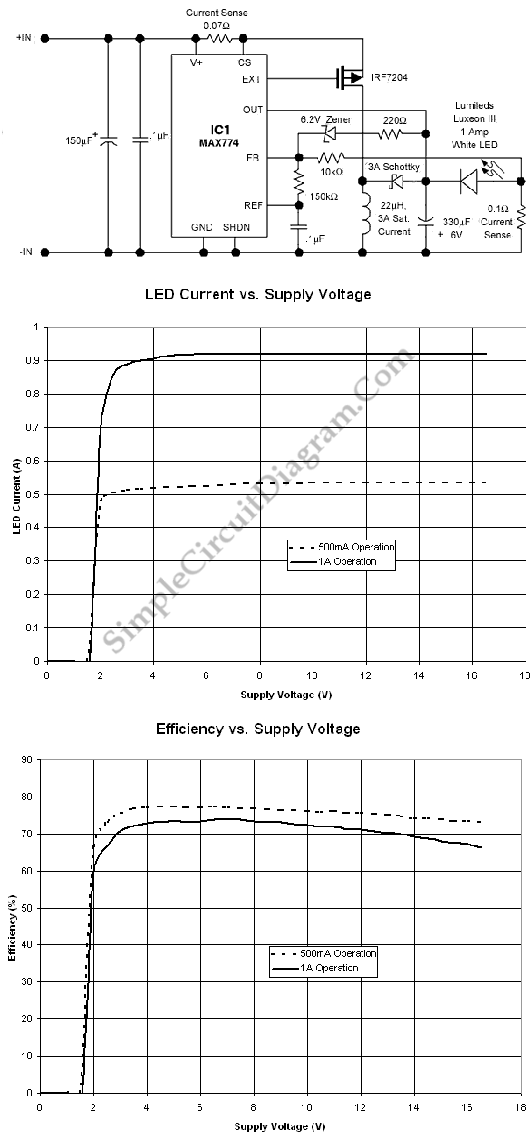
This is a high-power LED driver circuit designed to accommodate a wide input-voltage range. The circuit utilizes a buck/boost converter controller to regulate the current supplied to a white LED.
The high-power LED driver circuit is engineered to effectively manage varying input voltages while ensuring optimal performance of the connected LED. The buck/boost converter configuration provides flexibility, allowing the circuit to step down or step up the input voltage as necessary to maintain a constant output current. This is critical for LED applications, as LEDs require a stable current for consistent brightness and longevity.
The circuit typically includes essential components such as an inductor, capacitors, diodes, and a feedback mechanism to monitor and adjust the output current. The inductor is responsible for storing energy during the switching cycle, while the capacitors smooth out the voltage and current to the LED. A Schottky diode is often used for its fast switching capabilities, which enhances the efficiency of the circuit.
The controller IC is central to the operation, providing pulse-width modulation (PWM) signals to control the switching devices (transistors or MOSFETs). By adjusting the duty cycle of these signals, the controller can finely tune the output current to the LED, compensating for variations in input voltage or load conditions.
Thermal management is also a significant consideration in high-power applications. Adequate heat sinking or thermal pads may be implemented to dissipate heat generated by the LED and the driver circuit, ensuring reliable operation under continuous load.
Overall, this high-power LED driver circuit is suitable for various applications, including automotive lighting, architectural illumination, and general-purpose lighting, where robust performance across a broad voltage range is required.This is a wide input-voltage range high-power LED driver circuit. This circuit based on a buck/boost converter controller regulates current to a white LED.. 🔗 External reference
The high-power LED driver circuit is engineered to effectively manage varying input voltages while ensuring optimal performance of the connected LED. The buck/boost converter configuration provides flexibility, allowing the circuit to step down or step up the input voltage as necessary to maintain a constant output current. This is critical for LED applications, as LEDs require a stable current for consistent brightness and longevity.
The circuit typically includes essential components such as an inductor, capacitors, diodes, and a feedback mechanism to monitor and adjust the output current. The inductor is responsible for storing energy during the switching cycle, while the capacitors smooth out the voltage and current to the LED. A Schottky diode is often used for its fast switching capabilities, which enhances the efficiency of the circuit.
The controller IC is central to the operation, providing pulse-width modulation (PWM) signals to control the switching devices (transistors or MOSFETs). By adjusting the duty cycle of these signals, the controller can finely tune the output current to the LED, compensating for variations in input voltage or load conditions.
Thermal management is also a significant consideration in high-power applications. Adequate heat sinking or thermal pads may be implemented to dissipate heat generated by the LED and the driver circuit, ensuring reliable operation under continuous load.
Overall, this high-power LED driver circuit is suitable for various applications, including automotive lighting, architectural illumination, and general-purpose lighting, where robust performance across a broad voltage range is required.This is a wide input-voltage range high-power LED driver circuit. This circuit based on a buck/boost converter controller regulates current to a white LED.. 🔗 External reference
